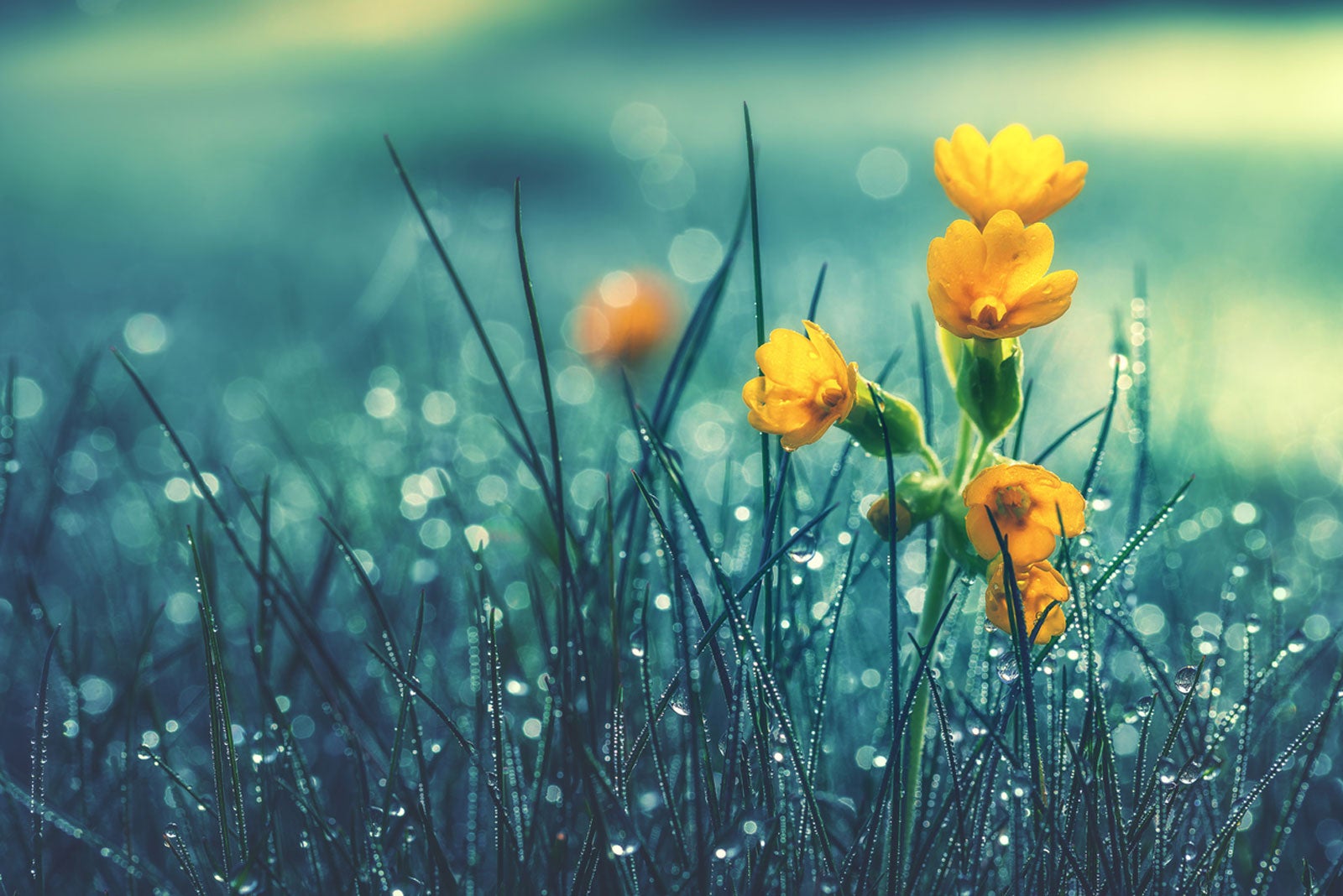
Flower color in plants is one of the biggest determinants for how we choose what to grow. Some gardeners love the deep purple of an iris, while others prefer the cheerful yellow and orange of marigolds. The variety of color in the garden can be explained with basic science, and it proves fascinating.
How Do Flowers Get Their Colors and Why?
The colors you see in flowers come from the DNA of a plant.
Genes in a plant’s DNA direct cells to produce pigments of various colors. When
a flower is red, for instance, it means that the cells in the petals have
produced a pigment that absorbs all colors of light but red. When you look at
that flower, it reflects red light, so it appears to be red.
The reason for having flower color genetics to begin with is
a matter of evolutionary survival. Flowers are the reproductive parts of
plants. They attract
pollinators to pick up pollen and transfer it to other plants and flowers.
This allows the plant to reproduce. Many flowers even express pigments that can
only be seen in the ultraviolet part of the light spectrum because bees can see
these colors.
Some flowers
change color or fade over time, like from pink to blue. This informs
pollinators that the flowers are past their prime, and pollination is no longer
needed.
There is evidence that in addition to attracting
pollinators, flowers developed to be attractive to humans. If a flower is
colorful and pretty, we humans will cultivate that plant. This ensures it keeps
growing and reproducing.
Where Does Flower Pigment Come From?
Many of the actual chemicals in flower petals that give them different colors are called anthocyanins. These are water-soluble compounds that belong to a bigger class of chemicals known as flavonoids. Anthocyanins are responsible for creating the colors blue, red, pink, and purple in flowers.
Other pigments that produce flower colors include carotene
(for red and yellow), chlorophyll
(for the green in petals and leaves), and xanthophyll (a pigment that produces
yellow colors).
The pigments that produce color in plants ultimately come from genes and DNA. A plant’s genes dictate which pigments are produced in which cells and in what amounts. Flower color genetics can be manipulated, and has been, by people. When plants are selectively bred for certain colors, plant genetics that direct pigment production are in use.
It’s fascinating to think about how and why flowers produce
so many unique colors. As gardeners we often choose plants by the flower’s
color, but it makes the choices more meaningful with an understanding of why
they look the way they do.
Flower color in plants is one of the biggest determinants for how we choose what to grow. Some gardeners love the deep purple of an iris, while others prefer the cheerful yellow and orange of marigolds. The variety of color in the garden can be explained with basic science, and it proves fascinating.
How Do Flowers Get Their Colors and Why?
The colors you see in flowers come from the DNA of a plant.
Genes in a plant’s DNA direct cells to produce pigments of various colors. When
a flower is red, for instance, it means that the cells in the petals have
produced a pigment that absorbs all colors of light but red. When you look at
that flower, it reflects red light, so it appears to be red.
The reason for having flower color genetics to begin with is
a matter of evolutionary survival. Flowers are the reproductive parts of
plants. They attract
pollinators to pick up pollen and transfer it to other plants and flowers.
This allows the plant to reproduce. Many flowers even express pigments that can
only be seen in the ultraviolet part of the light spectrum because bees can see
these colors.
Some flowers
change color or fade over time, like from pink to blue. This informs
pollinators that the flowers are past their prime, and pollination is no longer
needed.
There is evidence that in addition to attracting
pollinators, flowers developed to be attractive to humans. If a flower is
colorful and pretty, we humans will cultivate that plant. This ensures it keeps
growing and reproducing.
Where Does Flower Pigment Come From?
Many of the actual chemicals in flower petals that give them different colors are called anthocyanins. These are water-soluble compounds that belong to a bigger class of chemicals known as flavonoids. Anthocyanins are responsible for creating the colors blue, red, pink, and purple in flowers.
Other pigments that produce flower colors include carotene
(for red and yellow), chlorophyll
(for the green in petals and leaves), and xanthophyll (a pigment that produces
yellow colors).
The pigments that produce color in plants ultimately come from genes and DNA. A plant’s genes dictate which pigments are produced in which cells and in what amounts. Flower color genetics can be manipulated, and has been, by people. When plants are selectively bred for certain colors, plant genetics that direct pigment production are in use.
It’s fascinating to think about how and why flowers produce
so many unique colors. As gardeners we often choose plants by the flower’s
color, but it makes the choices more meaningful with an understanding of why
they look the way they do.
